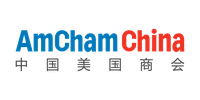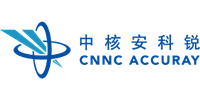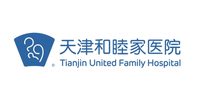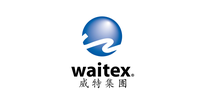Event Details
**Please note that the breakfast briefing will be in English, tour will be bilingual, but training will be in Chinese**
请注意早餐会语言为中文,公司参观为双语,培训语言为中文!
Lean Six Sigma is a classic and powerful methodology that helps organizations improve their product quality and process efficiency. It provides a structured roadmap and useful tools for effective problem-solving. AmCham China, Tianjin Manufacturing & Sustainability Committee cordially invites you to join us on November 3 for a series of Lean Six Sigma events, including:
- 8:00AM-9:30AM Breakfast Briefing
- 9:30AM-10:30AM Plant tour of Boeing Tianjin Composites
- 10:30AM-12:30PM Lean Sigma training
- 12:30PM-1:00PM Lunch
- 1:00PM-5:00PM Lean Sigma training
During the tour, you will be able to get an insight into the newest facility of Boeing Tianjin Composites, construction highlights, production processes and administrative areas from the point of view of practices. After the full training, participants will receive a Lean Six Sigma Yellow Belt certification issued by ASQ (American Society of Quality) certified Master Black Belt.
Training Introduction
This training includes:
- The fundamental logic of the Six Sigma DMAIC methodology and the tools in each phase that is required at the yellow belt level
- A real case problem-solving group exercise throughout the training
Objective
At the end of this session, participants will gain:
- Mindset change: participants will start to form a systematic, scientific and logical problem-solving mindset
- Skillset upgrade: participants will understand the Lean Six Sigma methodology and its tools
- Problem-solving: participants will be able to apply the methodology and tools to solve real problems in life or at work
- Certification: participants will receive a Lean Six Sigma Yellow Belt certification issued by ASQ certified Master Black Belt
Target Audience
- Professionals in all industries who are interested in effective problem-solving, especially those who work with process optimization and quality improvement.
Session Outline
- Introduction to Lean Six Sigma
In this section, you will learn about the background and basics of Lean Six Sigma
- DMAIC – Define phase
In the Define phase, you need to answer the question – what is the problem exactly? To answer this question, you will learn how to create a Project Charter, create a SIPOC, and generate CTQ through real case group exercises.
- DMAIC – Measure phase
In the Measure phase, you need to answer the question – how big is the problem currently? To answer this question, you will learn about output measurable identification, Operational Definition, Measurement System Analysis, Basic Statistics, Process Capability, and Performance Visualization through real case group exercises.
- DMAIC – Analyze phase
In Analyze phase, you need to answer the question – what are the root causes of the problem? To answer this question, you will learn about the roadmap of root cause verification, how to identify potential causes with Cause-effect Diagram (Fishbone) and "5 why" and process analysis tools such as Spaghetti Diagram and Swim-lane Diagram through real case group exercises.
- DMAIC – Improve phase
In Improve phase, you need to answer the question – what are the best solutions to the problem? To answer this question, you will learn how to generate potential solutions with standard Lean tools and multiple Brainstorming tools, select solutions, and implement solutions through real case group exercises.
- DMAIC – Control phase
In the Control phase, you need to answer the question – of how to keep the improvement sustainable. To answer this question, you will learn about Documentation, Control Charts, and Reaction plans.
About Boeing Tianjin Composites
As the first foreign aerospace JV, Boeing Tianjin Composites started operation in 2001 and has grown steadily since. In fact, Boeing Tianjin Composites' business grew at double-digit CAGR (compounded annual growth rate) percentages leading up to the recent pandemic disruption. The expansion project began in 2019. After the expansion, the production space will be more than doubled on the basis of the existing Phase I and Phase II plants. It will increase the floor area of more than 20,000 square meters and increase the total working area to 84,000 square meters. At present, the main structure has been completed, and all projects will be completed and put into use in the second half of this year. At that time. We can undertake more complex and high-end parts assembly work while increasing the production of the existing production line and realizing the doubling of production capacity.








